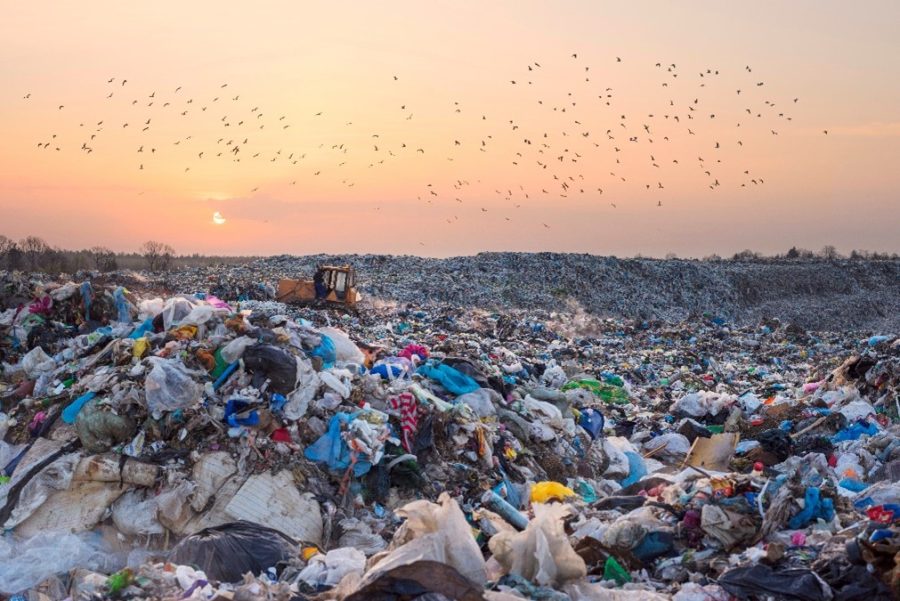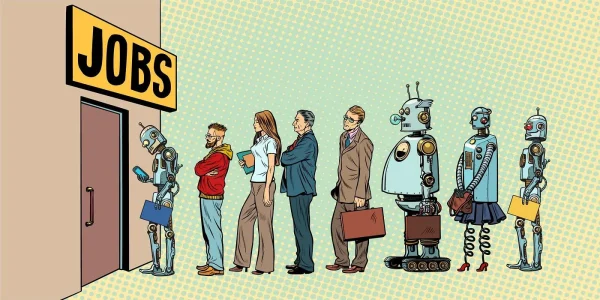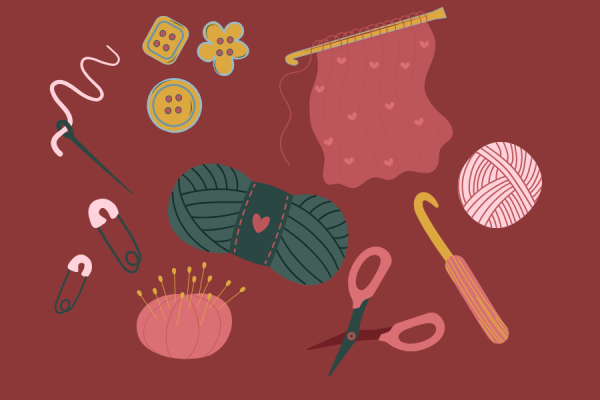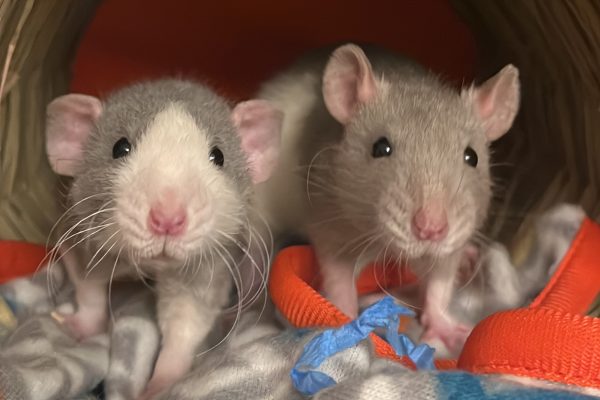The Problem with Stuff
November 7, 2022
Consumerism is one of the world’s leading causes of climate change. The way in which individuals consume resources — whether it’s energy, food, or clothing — is paving the planet’s way towards a tipping point which may not be reversed. The comfort of humans and the desire for surrounding oneself with more and more stuff has become a priority in many households, placing the planet’s well-being on the back burner.
As the year comes to a close and commonly celebrated holidays like Thanksgiving, Christmas, and New Year’s draw near, the amount of waste generated in the United States increases by 25 percent, causing an additional one million tons to end up in landfills per week. The human tendency of purchasing increasingly large amounts of material items grows around this time of the year. Increasing the demand for material possessions — whether it’s holiday gifts, new decorations, or other single-use items — is a consumeristic inclination commonly shared by the masses.
This disposition remains year-round in the clothing industry. Microtrends and cheap, low-quality articles of clothing found on websites such as Shein lead to a massive increase in consumption. People tend to seek clothes that are trendy and inexpensive; after a season or two, they become bored of these items and toss them. Fast-fashion culture and the universal need to consume more drives the clothing industry’s cycle of supply and demand at a pace that exceeds the planet’s endurance.
The connection between climate change and mass consumption is not direct, yet it is simple: People demand products. In order to be made, these products require resources, like land, natural resources, and energy from fossil fuels. Forests are cleared, natural resources are taken without being replaced, and oil companies drill to find fossil fuels, polluting the atmosphere with hazardous, global-warming greenhouse gasses.
The material goods that people go through, become bored of, and don’t want anymore don’t just disappear. They end up in landfills and garbage patches in the ocean. Single-use items, like plastic, synthetic fiber, and aluminum cans, lie on the side of the road and in the environment. These everyday items can take from 100 to 450 years to break down or decompose, causing multiple other environmental problems, like habitat destruction and loss of biodiversity.
But what is there to do? Aren’t people psychologically wired to splurge and surround themselves with material goods? No!! Consumeristic ideals are taught. They are not something that humans are born with. The impulse to consume more can be reversed through a simple change in mindset. The planet may be facing large-scale environmental issues but their effects can be decreased through lifestyle changes.
Instead of throwing out old goods, like clothing and furniture, people can find ways to repurpose them. Upcycling goods or giving them to someone who actually needs them can help decrease the amount of things that end up in landfills. Purchasing items made from renewable materials, like paper, or sourcing energy from renewable sources, like solar panels, can help decrease the impact of consumerism on the environment. Additionally, asking others what they want to be gifted for holidays instead of relying on intuition can help reduce the amount of unused goods circulating the world.
Most importantly, acknowledging that material goods are not a source of happiness can help prevent the impact of materialism and consumerism on the planet. Showing gratitude for what one has rather than thinking of what there still is to have can improve the impact of the masses.
All of the causes of the climate crisis seem to have a common enemy — consumerism. From garbage patches in the oceans, to mass deforestation, to air pollution, all of these problems stem from the need to make more, own more, and consume more.
If humans don’t alter this mindset, there might not be anything left to consume. We will drown in unwanted garbage.













